- Availability: Out Of Stock
- Made & Mkt by: Jaan Mohammad (MPT)
- Product Code: 1650-JM23-13
- Weight: 3,500.00g
- Dimensions: 140.00cm x 50.00cm x 50.00cm
The typical dispatch time is 2-3 days; however, in special cases, it may take longer. Please refer to the product details section for specific timelines. Once dispatched, we will share the tracking details with you.
For returns, you can file a request within 24 hours of receiving the product. If the package is damaged, please make a video while unboxing and share images of the damaged item along with your return request.
9328006304 ( WhatsApp )

The earliest form of carpet weaving in India was recorded at around 500 BC in Buddhist texts. The evidence of use of carpets in India also comes from Mongolia and these carpets were found to be very similar to the present day Persian or Anatolian carpets. The Venetian traveler, Marco Polo, too has written about the popularity and widespread use of flooring in many parts of India in his chronicles.

It is believed to be a time-tested and long-used method of flooring in India. The Durrie is a small carpet woven by women in rural areas on two parallel bars of looms. This carpet is found to be commonly used in Indian villages.
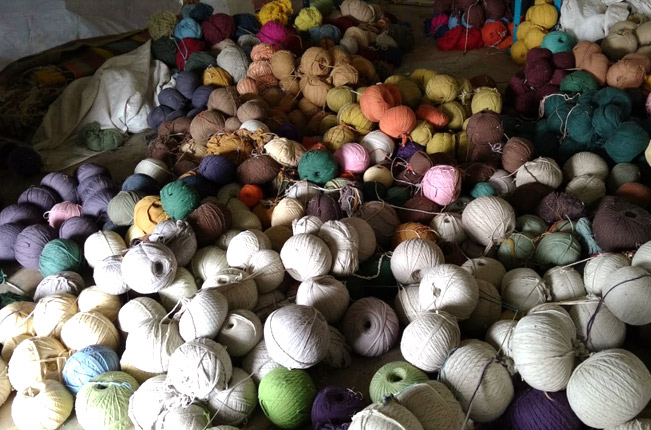
The hand made carpets of Rajasthan & UP also reflect Persian influence and the cotton durries have the most beautiful geographical motifs and pastel shades. The wool dhurries are based on contemporary designs, which are geometric, floral or a play of colours which are close tonal variations of a shade.
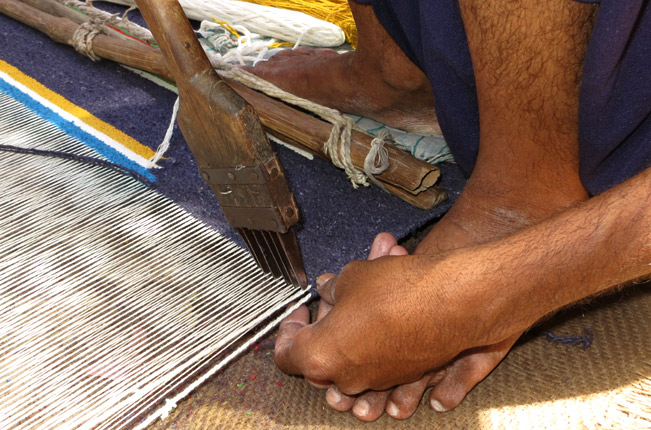
The weaving technique produces weft-faced design in a dhurrie, in which the warp is made of cotton yarn, and the weft is made of wool yarn. The tensile strength of cotton yarn in the warp, provides a strong foundation to the rug. A claw-like device, called Punja, is used by the weavers to densely pack the weft yarn to almost hide the warp. The weaving technique used in producing wool Punja dhurries is called weft-faced plain weave or tapestry weave. This technique results in identical design on both the sides of the dhurrie.The wool yarn used in the weft is dyed before the start of the weaving on the loom. The weavers use horizontal pit looms as well as vertical looms to weave the dhurries. After the dhurrie is woven and taken off the loom, the excess fibre is sheared. Finally, the dhurrie is singed and then washed, before it is stretched to perfect its rectangular shape.

Hand woven carpets are a rather broad category that includes hand knotted carpets as well as flat weave carpets. The quality of the hand woven carpets can be judged by the tightness of the weave and the density of the knots. Tight weaves and dense knotting ensures durability and neatness in patterns.
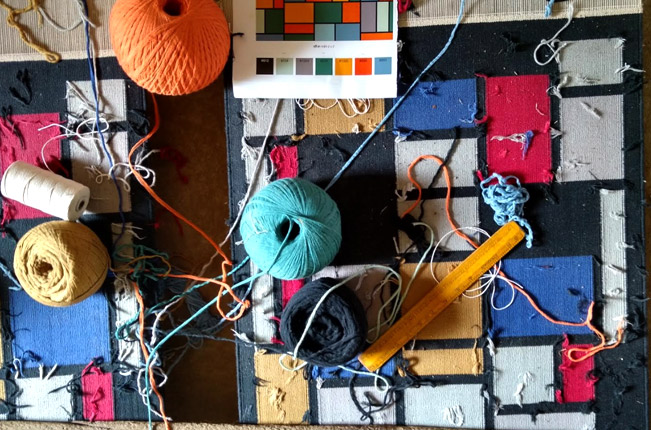
These carpets consist of warp and weft interlacing at right angles, in which additional short length yarn are tied row by row as weaving proceeds. Interweaving the warp and weft produce a flat surface, generally reversible. These durries are woven with cotton, jute and wool threads.. durries can be purely decorative or can function as prayer rugs or floor/wall coverings in houses.
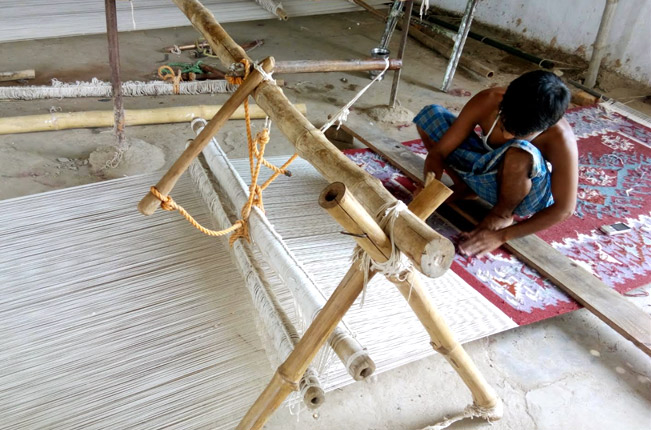
Carpet weaving is skill and labor intensive. Meticulous work and dexterity combined with immense patience is shown by the craftsmen. The larger and intricate the design, the more time it consumes to reel out a carpet of high quality. In spite of this, there is very little value for their labor and the returns are also minimal.
| Craftsmen | |
| Made by | Jan Mohammad |
| City | Madhya Pradesh |
| Shipping ~ | |
| Shipping | it is Made to order, takes 40 to 45 days to dispatch |
| Material | |
| Made of | Wool by Cotton |
| Instruction | |
| About Sizes | 3 X 5 Feet ( it is Made to order, takes 40 to 45 days to dispatch ) |
| Care | -Vaccum regularly to remove dust. -Avoid direct and continuous exposure to sunlight. -Avoid pulling loose ends of yarn. Instead, clip gently with scissors. -Wash in cold water, using a mild detergent. -Do not wash in the washing machine. |
| Restrictions | |
| COD - Option | Not Available |

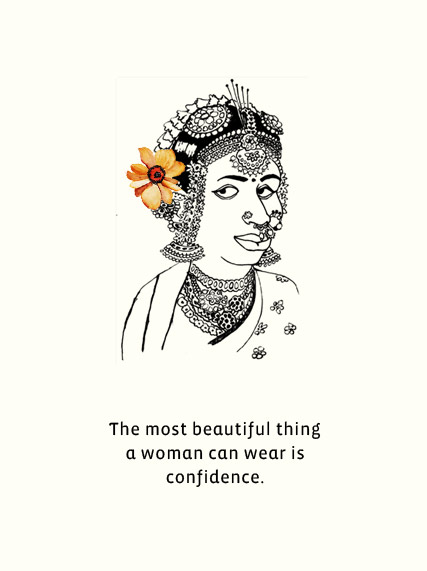

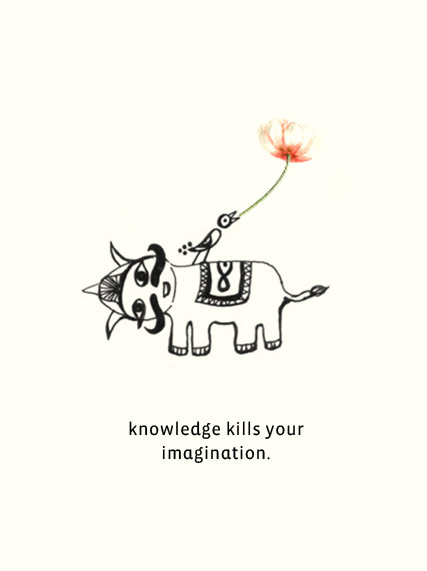

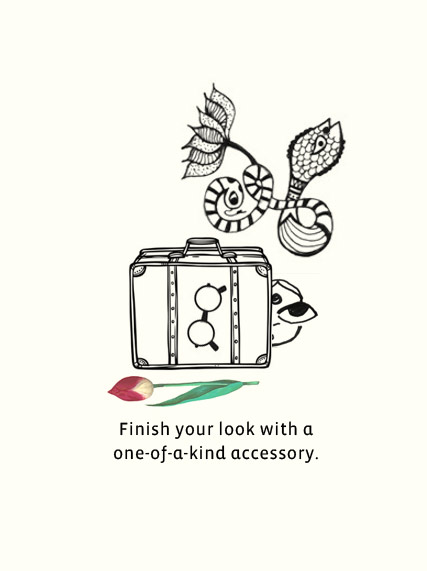
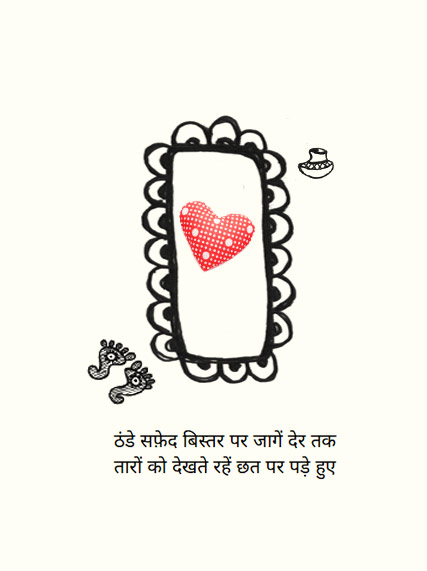


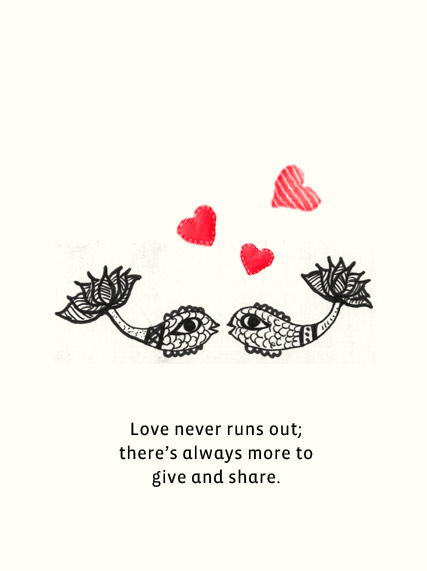
/21_04_2023/Handmade-Wool-by-Cotton-Durri-3-X-5-Feet.jpg)
/21_04_2023/13-1.jpg)
/21_04_2023/13-2.jpg)
/21_04_2023/Handmade-Wool-by-Cotton-Durri-3-X-5-Feet-80x80w.jpg)
/21_04_2023/13-1-80x80w.jpg)
/21_04_2023/13-2-80x80h.jpg)

-225x150w.jpg)
-225x150w.jpg)
-225x150w.jpg)
-225x150w.jpg)
-225x150w.jpg)
-225x150w.jpg)
-225x150w.jpg)
-225x150w.jpg)
-225x150w.jpg)
-225x150w.jpg)
-225x150w.jpg)
-225x150w.jpg)
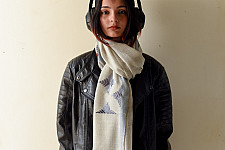

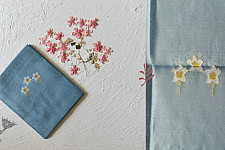
-225x150h.jpg)
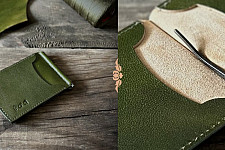
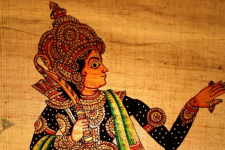
-225x150.jpg)
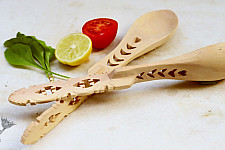

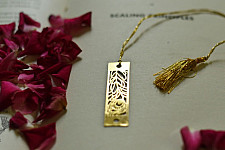
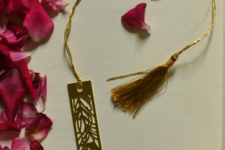
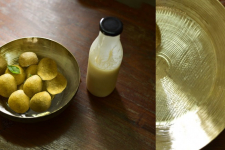
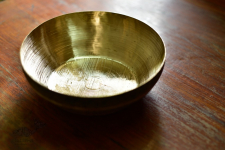
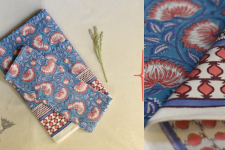
-225x150.jpg)









-225x150w.jpg)

-225x150w.jpg)

-225x150w.jpg)
/21_04_2023/Handmade-Wool-by-Cotton-Durri-3-X-5-Feet-234x234w.jpg)
/21_04_2023/13-1-234x234w.jpg)